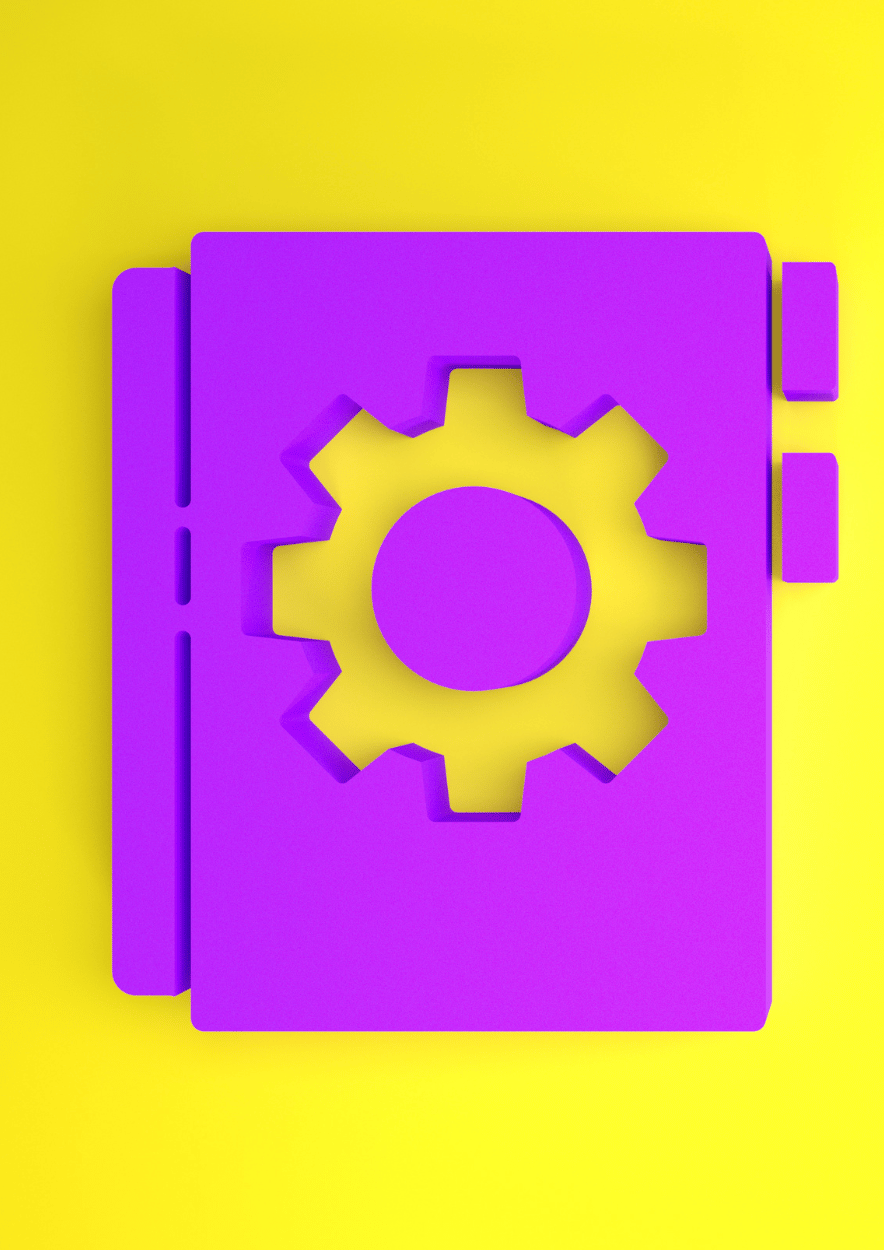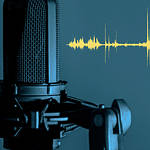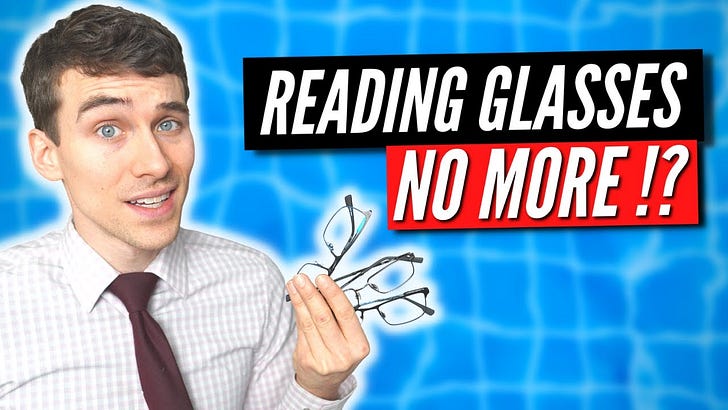User manuals are dry and factual.
They tell you how to use a product but never how the experience can be enjoyable.
But we need user manuals because that's where user experiences begin.
Take a simple thing like getting the best out of your fridge.
The user manual tells you how to make ice, what different compartments are for and how to maintain the fridge.
But a personal user experience of fridges tells you how to stack things up inside, how to make out if stuff in the fridge is past its prime and how to remove icky smells.
Similarly, take Twitter.
It is basically status updates, links and now, threads.
But people have found that much more can be accomplished.
They have found friends, co-founders and collaborators.
All through a series of unconnected messages posted on an impersonal platform.
There have been terrible experiences for people as well - no denying that.
The question is how to find enclaves of tolerance and goodness and make that your place of bliss.
Though Twitter was launched way back in 2006, it's the people who grew with the platform who are able to define and communicate the experience for others.
This may work for some, not for everyone. Tasshin's blog post, is not a user manual as much as an exploration of the various facets of Twitter.
And that's the enriching part. You can follow this or devise your own ways of exploration.
There are times when nothing will happen, and your tweets will be lost in the vastness of the chatter.
But the spark of happenstance is just around the corner.
The chaos in human logistics
Thousands of flights were canceled everyday in peak holiday season in the US.
The reasons given were that crews affected by the Omicron variant of Covid were grounded and that sent schedules haywire.
But when the New York Times dug deeper, additional reasons came to the fore.
Airlines were badly affected by the pandemic. That lead to a government bailout to keep them running - over $54 billion was paid out.
To get the money, they had to accept strict limits on layoffs, dividends, stock buybacks and pay increases for senior executives.
They were, however, permitted to reduce head count through early-retirement incentives and voluntary furloughs. They did, and those job cuts have been only partially reversed, even when the market revived.
Passengers were encouraged to do their own checking and baggage tagging.
Optimisation, code for doing more with fewer employees, became the default for airlines looking to survive.
They tried to increase capacity and raise it to previous levels without adding the same ratio of people.
For a time, it worked.
But the recent wave showed that there was little room for error, or even comfort.
Without spare capacity, there is no room in the system to shift things around.
And what started off as a few cancellations went on to become a rolling snowball.
Every canceled flight is revenue loss that can't be made up.
And the fragility of business models and supply chains is being exposed like never before.
How computer punch cards launched a giant - IBM
Anyone who's been though a computer science class would have heard about it in a historical context.
What exactly did programming a card mean?
An article in Ars Technica showed how it was an elegant solution for the late 1800s - and transformative as well.
The problem was tabulating census figures in the US. Conducted in 1880, it took over 8 years to collate.
When the first census was done in 1790, only age and sex in addition to a person's name was recorded. Later occupation, marital status, education and place of birth was added. Each parameter added increased the complexity of the data to be processed.
Herman Hollerith was the inventor of the punch card and he phrased it this way, in the 1889 revision of his patent application, “A hole is thus punched corresponding to person, then a hole according as person is a male or female, another recording whether native or foreign born, another either white or colored, &c.”
Special machinery had to be developed to punch holes with accuracy and efficiency.
Next, Hollerith devised a machine to “read” the card, by probing the card with pins, so that only where there was a hole would the pin pass through the card to make an electrical connection, resulting in advance of the appropriate counter.
This accelerated the counting to the point where the entire census tabulation was completed by 1890, just a year later.
Hollerith went into business selling the technology by incorporating Tabulating Machine Company, which went on to become International Business Machines - IBM
The semiconductor revolution in computing would take a few more decades.










